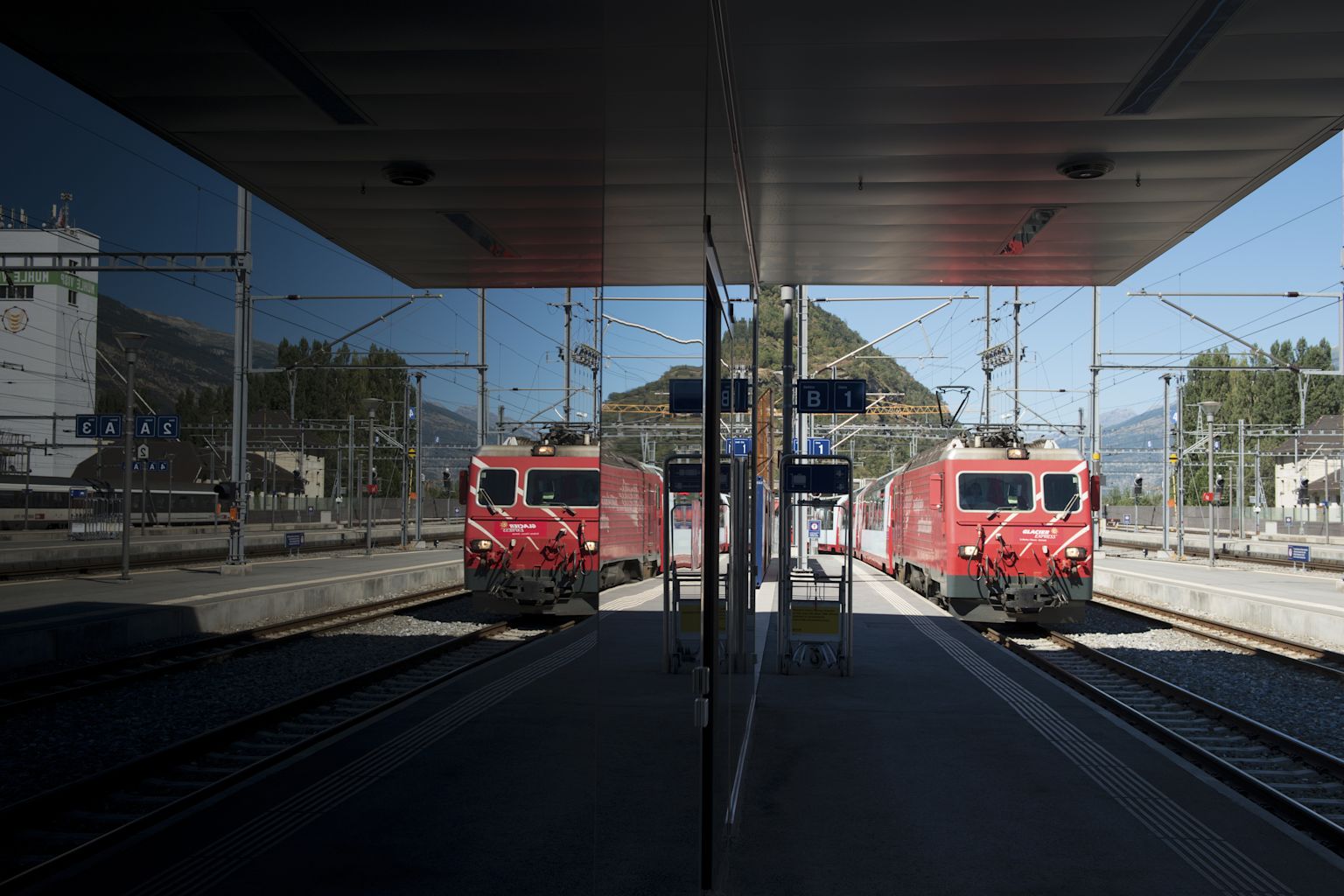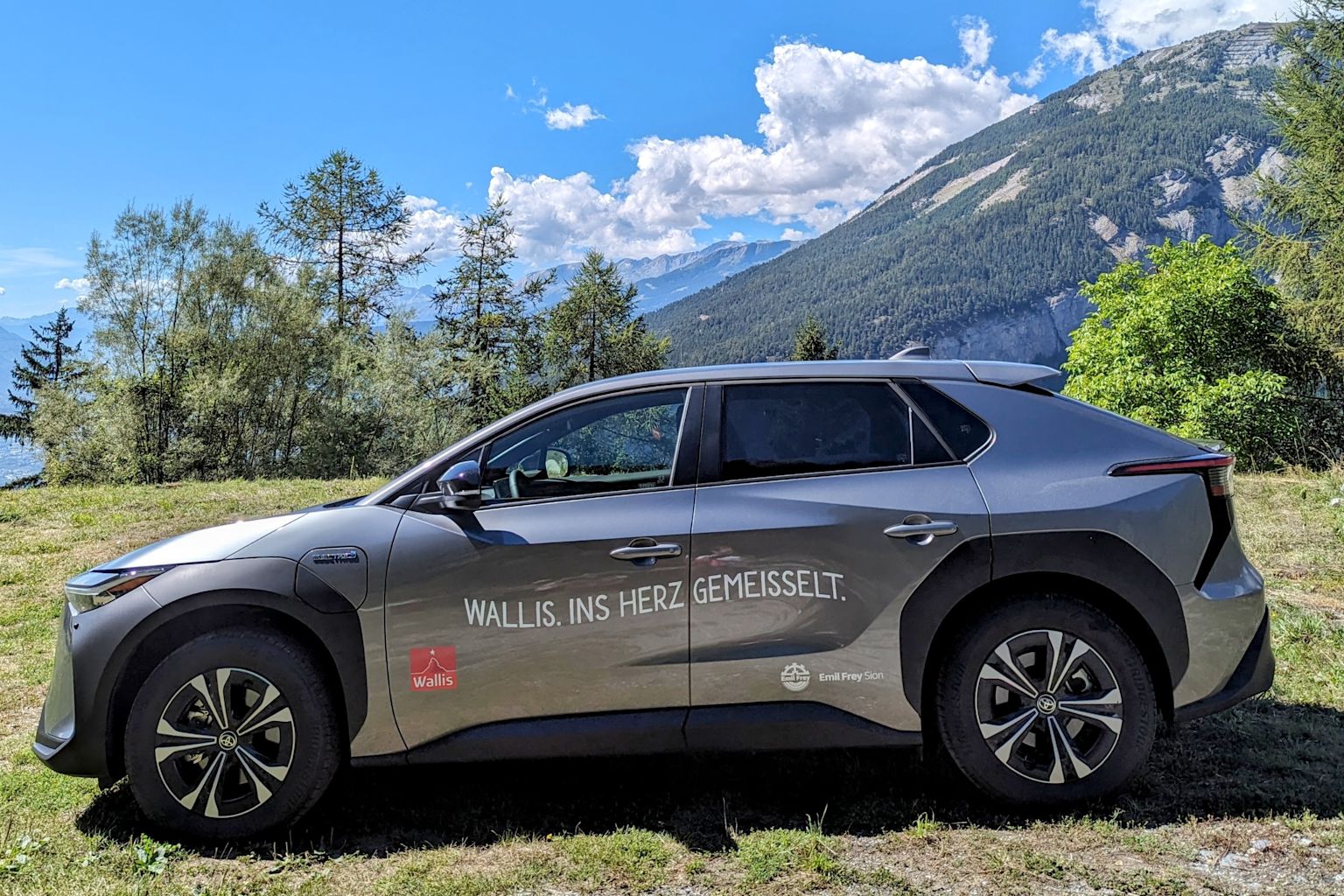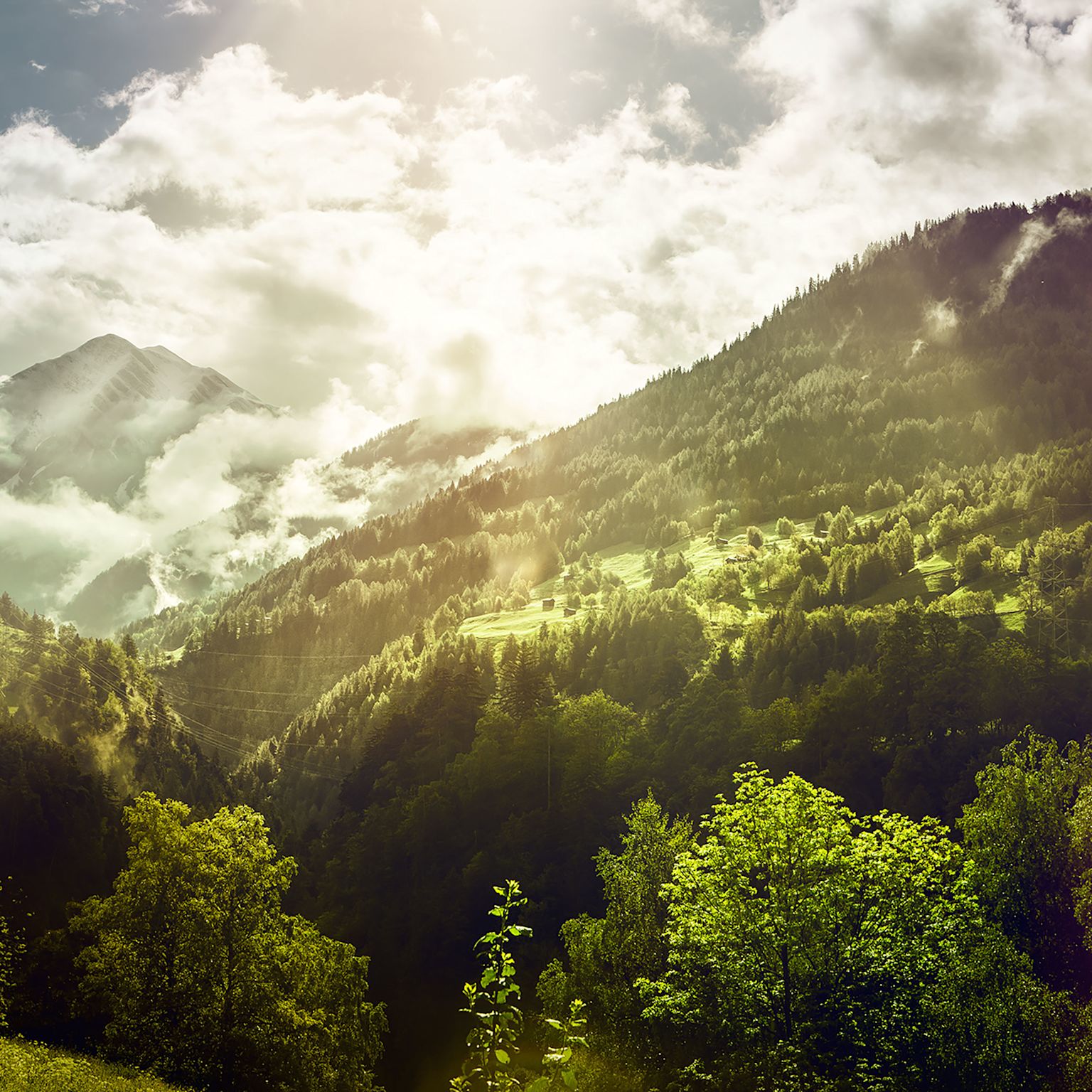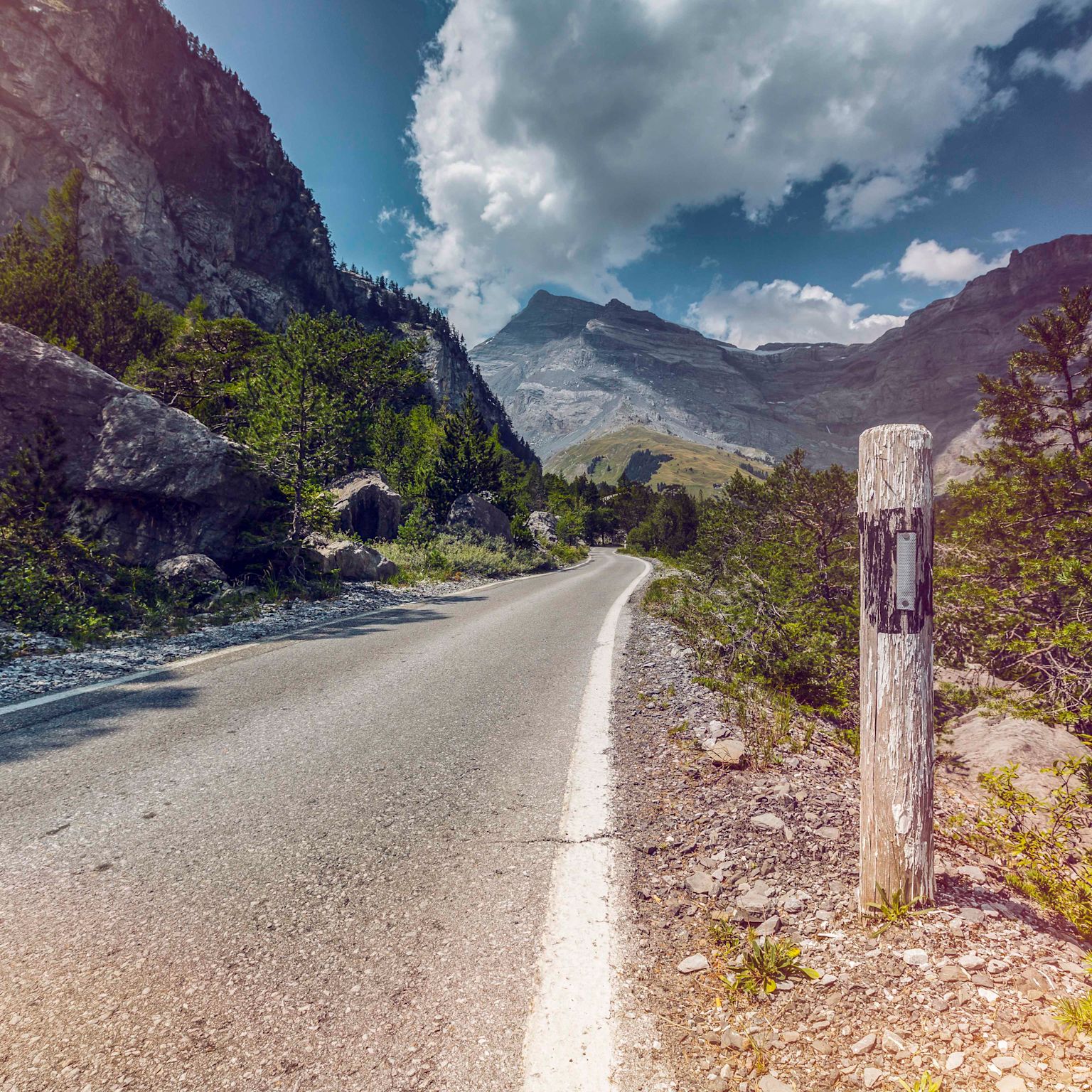Grand Tour of Switzerland - Useful tips

Tipps & Tricks für einen reibungslosen Ablauf der Grand Tour
The following tips will get you ready to embark on your own personal Grand Tour, helping you plan your journey so you can devote your full attention to the beautiful sights along the route once your trip gets under way.
Alpine Passes on the Grand Tour
Die Grand Tour führt über fünf Alpenpässe über 2000 m ü. M. Die empfohlene Reisezeit für die Grand Tour ist die Sommersaison von April bis Oktober. Sollte ein Pass in dieser Zeit wegen Schneefall gesperrt werden, gibt es immer noch die Möglichkeit des Autoverlads oder die Traversierung via Tunnel. Auf engen Bergstrassen muss wenn nötig der Abwärtsfahrende anhalten, damit der Aufwärtsfahrende ohne Behinderung passieren kann. Postautos haben auf den engen Bergstrassen immer Vorrang. Diese kündigen sich durch ein Horn vor der Kurve an. Postautos werden die gelben Überlandbusse in der Schweiz genannt.

Car free stops
Some of the destinations along the Grand Tour in Valais are car-free. These resorts are still easy to get to, and many of them use electric vehicles for public transport. Bettmeralp: Park in Betten, continue by cable car Riederalp: Park in Mörel, continue by cable car Zermatt: Park in Täsch, continue by Zermatt Shuttle train

E-Grand Tour: The world’s first road trip for electric vehicles
Discovering the diversity of Switzerland will include a new highlight by the beginning of the 2017 summer season: The Grand Tour of Switzerland presents itself as an exciting road trip for electric vehicles. From the end of March 2017 onward, an extensive network of charging stations will electrify the entire route – over more than 1,600 kilometres. For a comfortable and clean driving experience.

Other tips
Recommended travel period
Apart from the Alpine passes, the Grand Tour of Switzerland route is drivable all year round and well signposted. However, the best time to travel and explore the highlights of the Grand Tour in Valais is from April/May to October.
Emergency numbers
The following emergency numbers are used in Switzerland: 117: Police 118: Fire 140: Automobile roadway repair service 144: Ambulance 163: Road conditions 1414: Swiss Rescue REGA
Parking
Official parking places in Switzerland are all marked and in most cases chargeable. The parking places are divided into different zones: Blue Zones: Parking from Monday till Saturday from 8 am until 6 pm is free of charge for an hour with the blue parking disc (including EU parking disc). Whereby the arrival time is to be inserted to the next half hour. On Sundays and public holidays parking is free between the hours 7 pm in the evening and 7 am in the morning. Yellow Zones: These are private or reserved for companies and may only be used by them or their clients and guests. White zones: These are chargeable, often numbered and located near a parking meter. Yellow markings with crosses mean no parking and yellow lines by the side of the road mean no waiting at the roadside. Parking on main roads outside of towns is prohibited.
Languages
Valais is a bilingual region where both German and French are spoken. The language divide runs through Salgesch and Sierre/Siders. Besides German and French, English is also widely spoken and understood in Valais. The majority of tourist information material is available in German, French and English
Fuel stations
Keep in mind to refuel early enough. Away from the cities, the network of filling stations is often not as dense as in urban areas. Some gas stations are only open during the day, but offer outside of the opening times the chance to refuel with an EC or credit card at automatic pumps.
Traffic rules
The most important traffic rules in Switzerland at a glance:Speed limits: Unless otherwise specified, the speed limit is 50 km / h in and 80 km / h outside towns and 120 km / h on the motorway.Motorway “Vignette”: The use of the motorways (freeways and highways) with motorized vehicles is paid in Switzerland with the Vignette. On the Grand Tour motorways are only used when preferable in terms of traffic and route. A motorway tax sticker is required for cars. Right of way and roundabouts: Vehicles on rail always have priority on right-before-left crossings. If not otherwise indicated, traffic in the roundabout has right of way.Drinking and driving: Whoever drives a motorized vehicle with a blood alcohol level of over 0.5 per mille in Switzerland must expect legal consequences.Lights: Since January 1, 2014 all vehicles are required to travel with lights on also during the day. Vehicles with daytime lights can use these, while all others are obliged to use dimmed headlights. Failure to do so will result in a disciplinary fine.


